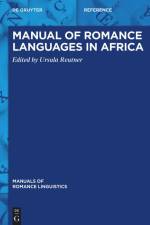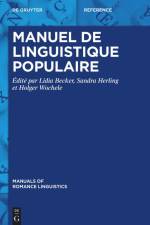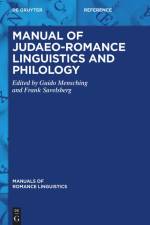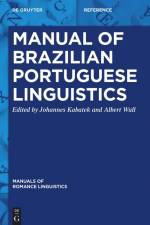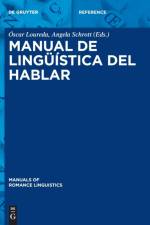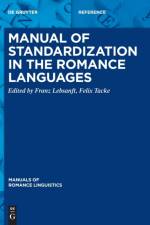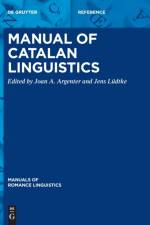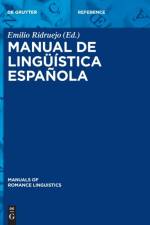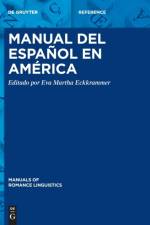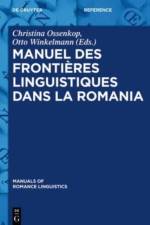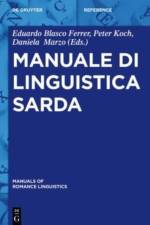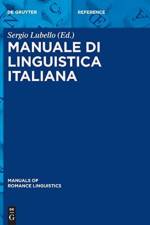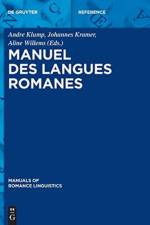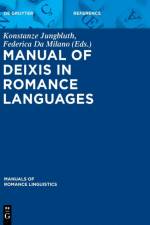2 871
The series Manuals of Romance Linguistics (MRL) aims to present a comprehensive, state-of-the-art overview of Romance linguistics. It will comprise approximately 60 volumes that can either be consulted individually or used as a series of books providing a detailed overall picture of the current state of research in Romance linguistics. A special focus will be placed on the presentation and analysis of the smaller languages, the linguae minores, which the two older reference works of the discipline, Lexikon der Romanistischen Linguistik (1988¿2005) and Romanische Sprachgeschichte (2003¿2008) did not discuss in detail, as well as on current research trends. A full list of volumes published or to appear shortly can be found under the tab "Volumes". Further volumes in planning: Manuel de linguistique roumaine, edited by Wolfgang Dahmen and Eugen Munteanu, vol. 9 Manual of Galician Linguistics, edited by Xulio Sousa and Ernesto González Seoane, vol. 19 Manuel des langues créoles à base française, edited by Philipp Krämer, Katrin Mutz, and Peter Stein Manual of Romance Morphology and Word Formation, edited by Philipp Burdy, Sarah Dessì Schmid, and Daniela Marzo Manual of Classification and Typology of the Romance Languages, edited by Matthias Heinz, Lorenzo Filipponio, and Marc-Olivier Hinzelin Manuel de linguistique corse, edited by Stella Retali-Medori Manuel d¿étymologie lexicale romane, edited by Éva Buchi Manual of Discourse Markers in Romance, edited by Maj-Britt Mosegaard Hansen and Jacqueline Visconti Manuel de linguistique occitane, edited by Louise Esher and Jean Sibille Manual de lingüística asturiana, edited by Ana Maria Cano González Manual of Romance Forensic Linguistics, edited by Victoria Guillén-Nieto and Dieter Stein Manual of Romance Word Classes, edited by Anna-Maria De Cesare and Giampaolo Salvi


